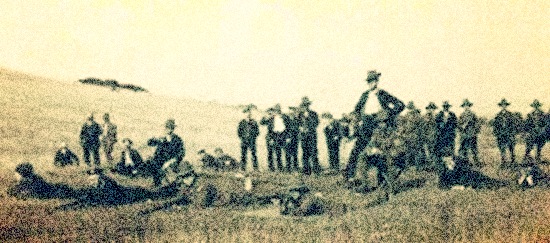Category Archives: Local History
Hearth & Home
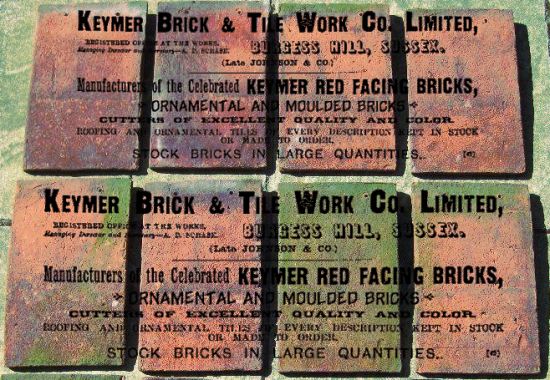
Geoffrey Mead will present an illustrated talk about Sussex building materials and styles to the Henfield History Group at 8:00pm on Tuesday 8th May in the Free Church Hall.
The Adventure of the Twenty Oxen
Over the centuries, residents of the parish of Edburton have been involved in all kinds of litigation. But the available records only document a single occasion on which one of these affairs ascended to the legal stratosphere that the Star Chamber used to represent. The case involved twenty oxen that may, or may not, have been stolen from Perching Manor.
KING & QUEEN’s ALMONER v. COOKE.
Dated 15 Feb., 4 and 5 Philip and Mary (1557-8).
No bill or other pleading.Interrogatories to be ministered to John Cooke of [Edburton], co. Sussex, yeoman of the Queen’s Guard, and Thomas Cooke, his brother, concerning the unlawful taking and detaining of twenty oxen which were late of the goods of Edward Lawes, late of Pearching, “ffealon of hymselff”.
The interrogatories inquire (1) how many, and the names of those who took the cattle out of the pasture at Pearching, after the death of Edward Lawes; whither the oxen were driven, and in whose keeping they are; (2) Whether Edward Lawes did in his life-time sell the said oxen to John Cooke and William Davys, and for what sum of money, and upon what conditions.
John Cooke of Edburton deposes that the oxen were taken by his brother, Thomas Cooke, at his commandment, in the high way at Edburton, and driven to Waltham in Essex, and that eighteen were sold to Mistress Stacye, and two to a servant of Mr. Wrothe.
Thomas Cooke of St. Martin le Grand, in the City of London, haberdasher, deposes the taking of the oxen to Waltham.
The outcome of the case is unknown — the relevant documents disappeared in 1719.
[Excerpt from Percy D. Mundy, ed. 1913 Abstracts of Star Chamber Proceedings relating to the County of Sussex, Henry VII to Philip and Mary, Lewes: Sussex Record Society, page 102.]
The Devil’s Doggerel
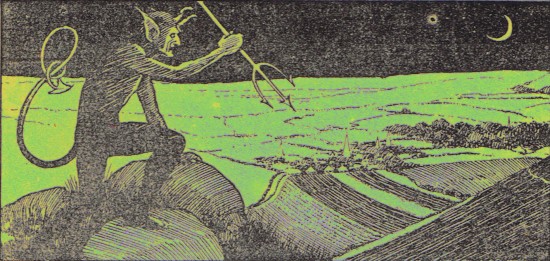
Following the spontaneous outburst of village enthusiasm that greeted our recent posting of contemporary topographic verse (Shepherd & Doggerel), a weightier piece by William Hamper dating back to the early nineteenth century has been added to the local history section. Nothing that includes words such as adown, cruciform, lightsome, luminary, wyght, and yclept, and a gratuitous line of Latin, employed for the rhyme, can be all bad. But it isn’t Coleridge. Rather, it is the kind of piece that a Victorian gentleman could commit to memory and then reproduce at Sussex wedding parties and other social occasions, with ribaldry and acclaim from a bibulous audience already well familiar with the plot (compare Rocky Horror sing-a-longs for a contemporary analogue). Read in that spirit, one can detect its merits.
The Devil’s Dyke
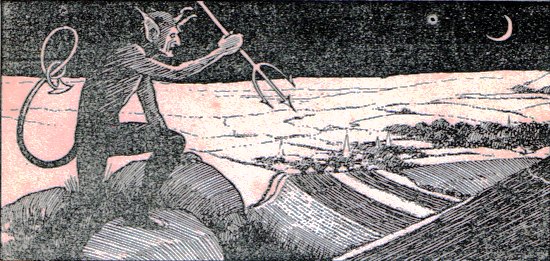
The following legend, founded on a popular Sussex error, from which the Devil’s Dyke takes its name, was written many years ago by William Hamper, Esq., of Birmingham, F.R.S., and Justice of Peace for the counties of Warwick and Worcester, a native of Sussex, from the family of Hamper at West Tarring, and was circulated at the time it was written amongst his Sussex friends.
Five hundred years ago, or more,
Or, if you please, in days of yore,
That wicked wyght, yclept old Nick,
Renown’d for many a wanton trick,
With envy from the Downs beheld
The studded churches of the weald;
Here Poynings cruciform — and there
Hurst, Albourne, Bolney, Newtimber, —
Cuckfield, and more, with tow’ring crest,
Quae nunc prescribere longum est; —
Oft heard the undulating chime
Proclaim around ‘t was service time;
While to the sacred House of Prayer
Went many a pious worshipper.“Can I with common patience see
These churches — and not one for me?
Shall I be cheated of my due
By such a sanctimonoius crew?”
He mutter’d twenty things beside,
And swore that night the foaming tide,
Led through a vast and wondrous trench,
Should give these pious souls a drench.Adown the west the steeds of day
Were hasting merrily away;
And Night in solemn pomp came on,
Her lamp a star, a cloud her throne;
The lightsome moon, she was not there,
But deck’d the other hemisphere.Now fit with a capacious spade,
So large it was on purpose made,
Old Nick began with much ado
To cut the lofty Downs in two; —
At every lift his spade threw out
A hundred waggon loads, no doubt! —
O! had he labour’d till the morrow,
His envious work had wrought much sorrow;
The weald, with verdant beauty graced,
Changed to a sad and wat’ry waste!But so it chanced, a good old dame,
Whose deed has long outlived her name,
Waked by the cramp at midnight hour,
Or just escaped the nightmare’s pow’r,
Rose from her humble bed; — when, lo! —
She heard Nick’s terrible ado! —
And by the starlight faintly spied
The wicked wyght — and Dyke so wide;
She knew him by his mighty size,
His tail, his horns, his saucer eyes;
And while, with wonderment amazed,
At labourer and at work she gazed,
Swift ‘cross her mind a thought there flew,
That she by stratagem might do —
A deed which luckily should save
Her country from a wat’ry grave!
By his own weapons fairly beating
The father of all lies and cheating.Forth from a casement in a, in a minute,
A sieve with flaming candle in it
She held to view; — and simple Nick,
Who ne’er suspected such a trick,
(Old rogues are fools) when first his sight
A full-orb’d luminary bright
Beheld — he fled — his work undone,
Scared at the sight of a new sun,
And mutt’ring curses that the day
Should drive him from his work away!Night after night, this knowing dame
Watch’d — but again Nick never came.Who now dare call the action evil,
“To hold a candle to the devil?”
[This piece, including the title and prefatory paragraph, but not the illustration, is reproduced from pages 189-191 of James Taylor, editor, The Sussex Garland: A Collection of Ballads, Sonnets, Tales, Elegies, Songs, Epitaphs, etc. Illustrative of the County of Sussex with Notices, Historical, Biographical and Descriptive. Published by the editor in Newick, Sussex, in 1851. The line of Latin can be found in full form in one of the 1591-92 pamphlets that go to make up Robert Greene’s The Complete Cony Catching: cum multis aliis quae nunc prescribere longum est — “with many others which would be too long to describe now”. It is listed in an 1824 dictionary of popular quotations and occurs in other work. It probably predates Greene.]
Some (factual) material relevant to the C19 and C20 history of the Dyke:
A coin found near Devil’s Dyke
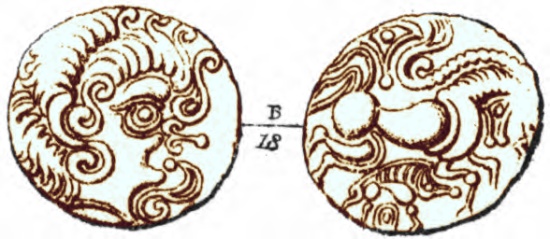
- Obverse — A head in profile to the right, the hair, face, nose, and eyes being formed by an extraordinary assemblage of curves
- Reverse — A horse to the right similarly drawn; below, a boar.
- Æ weight 90 grains.
This coin is one of a class belonging to and found very frequently in the Channel Islands. They resemble the Gaulish series more than the British, though they are not unfrequently found in England. The present example was discovered near the Dyke, and is of bronze.
[Excerpt from Ernest H. Willett 1879-80 The Ancient British Coins of Sussex, Lewes: Alexander Rivington, page 42.]
Currently popular local history posts:
Local WWII history pamphlet available now
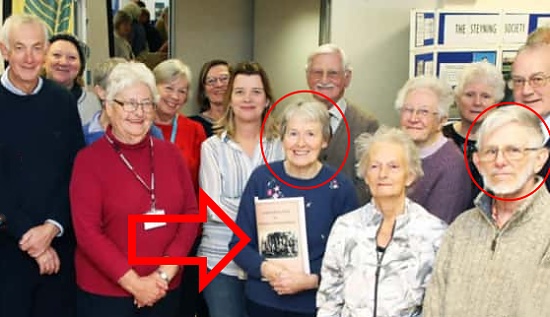
Pat Nightingale and Ken Wilson-Wheeler have just published World War Two in Beeding and Bramber, the follow-up to their WWI book. Like the earlier volume, this profusely illustrated 43 page pamphlet covers Beeding, Bramber, Edburton, Fulking and Small Dole. The topics include evacuees, conscription, the Home Guard, air raids, farming, Canadian soldiers, casualties, the war memorials, and brief biographies of those who died including Flight Sergeant James William Lucas (son of Percy Lucas) and Chief Officer John A. Ridge, both of Fulking.
The pamphlet is available at Steyning Bookshop in Steyning High Street and at Beeding Newsagents in Upper Beeding High Street, price £6. It should soon also be available from Steyning Museum. The first (WWI) book remains available at £12. Both items can also be ordered direct from Pat on 01903-812847.
Shoreham Fort Open Day
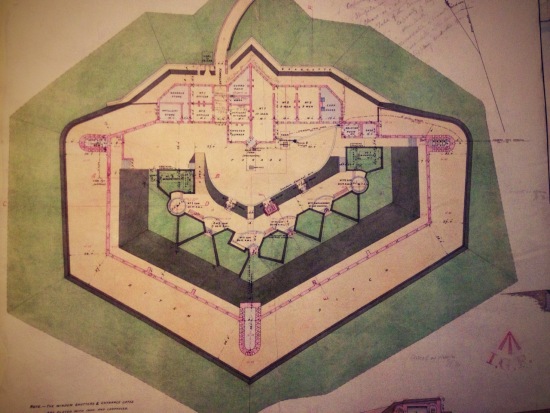
Shoreham Fort, Forthaven, Shoreham-by-Sea, BN43 5HY, on Sunday 25th February from 11:00am–4:00pm. Come and join the volunteers and see what they’re up to. Tour of the fort will be at 2:00 pm and is free, although donations will be appreciated. The tour will take you into the tunnel, which is not usually open. Food for Fort will be serving hot drinks and home-made cake.
The Royal Sussex at Gallipoli 1915
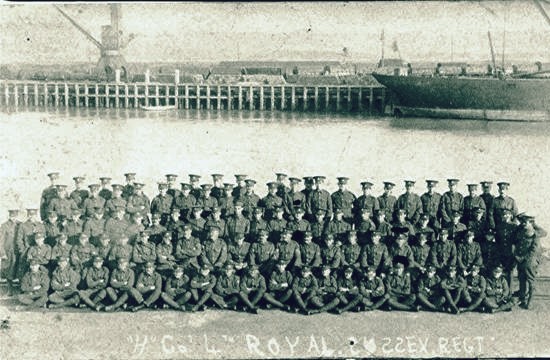
Matthew Jones, Assistant County Archivist at the West Sussex Record Office in Chichester, will talk about the Royal Sussex Regiment’s role at Gallipoli, using photographs, letters, posters, diaries, and regimental records held by the Record Office. If you missed this talk when it was presented in Upper Beeding a couple of years ago, you can hear it at 7:45pm at The Steyning Centre on Wednesday 14th February.


